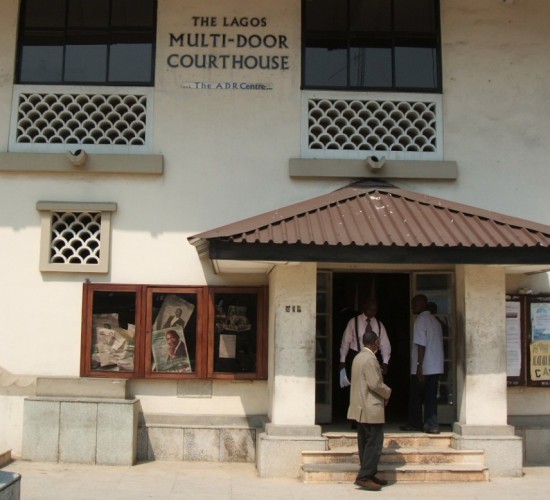Mediating multiparty disputes involves many of the same issues and techniques encountered in a typical two-party proceeding but often exponentially expanded due to the number of parties, issues, and perspectives involved. This increased complexity is the result of not only the number of participants but also inherent differences in negotiating styles, participants’ relative authorities, divergent viewpoints, and unequal access to information. These factors can make it harder to achieve a global resolution of the issues involved.
Popular Posts
- Dewey & LeBoeuf Post-Mortem Will Likely Drag On
Wall Street Journal - The Guardian: Decision Quicksand
The Guardian  Defining The Role Of The Hospital-Medical Staff Standing Neutral
Defining The Role Of The Hospital-Medical Staff Standing Neutral
Richard J. Webb, Healthcare Neutral
- Dewey & LeBoeuf Post-Mortem Will Likely Drag On
Recent Posts
Browse by Topic
ADR Agreements Arbitration Artificial Intelligence Business Circuit-Fifth Class Action Class Waiver Cognitive Compel Conflict Contract Data Decision Analysis Devices Discovery e-Neutral Economics Empirical Employment Family GC Google Healthcare Insurance Intellectual Property Law Firm Law School Litigation Mediation Negotiation Neuroscience News Patent Picture It Settled Practice Predictive Analytics Psychology References SCOTUS Settlement Social Media State-Texas Technology Tort










